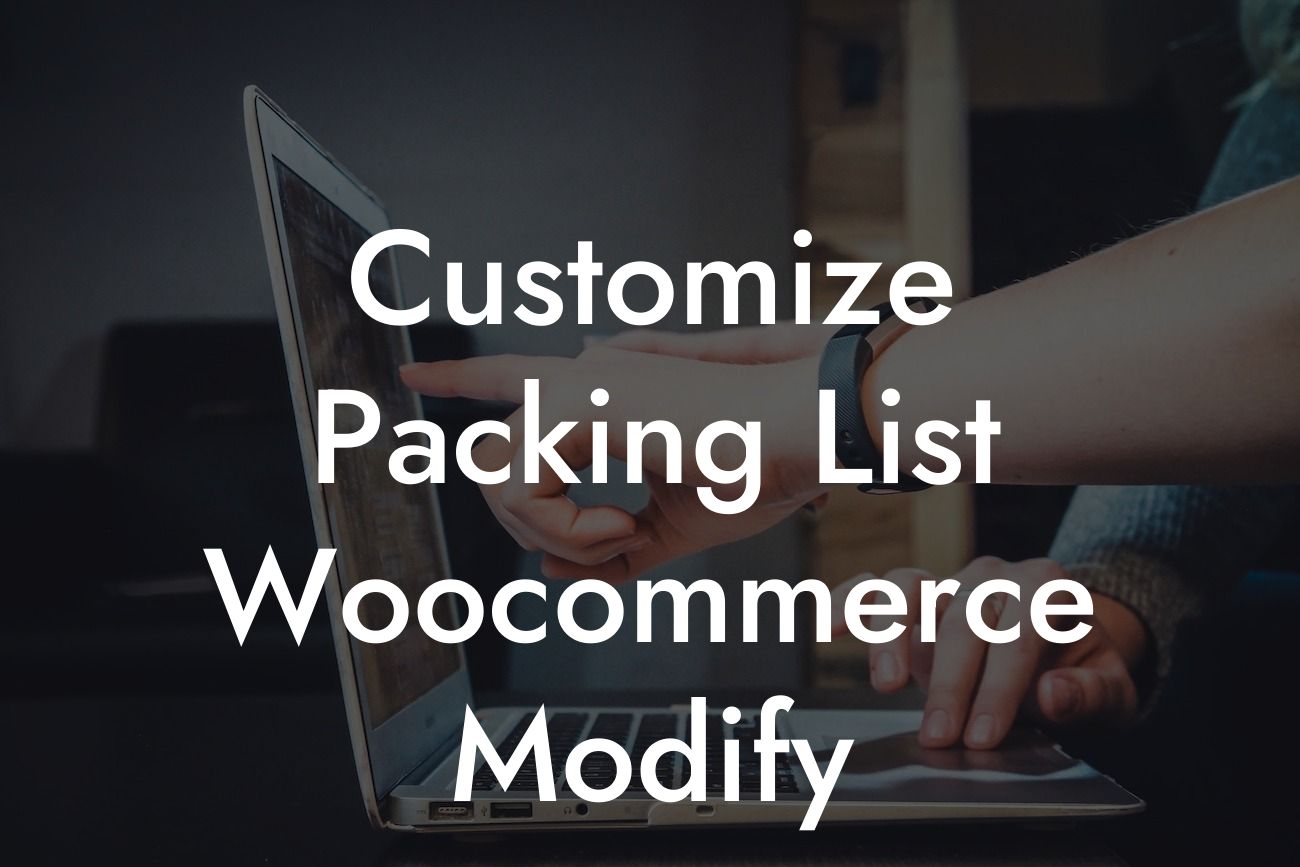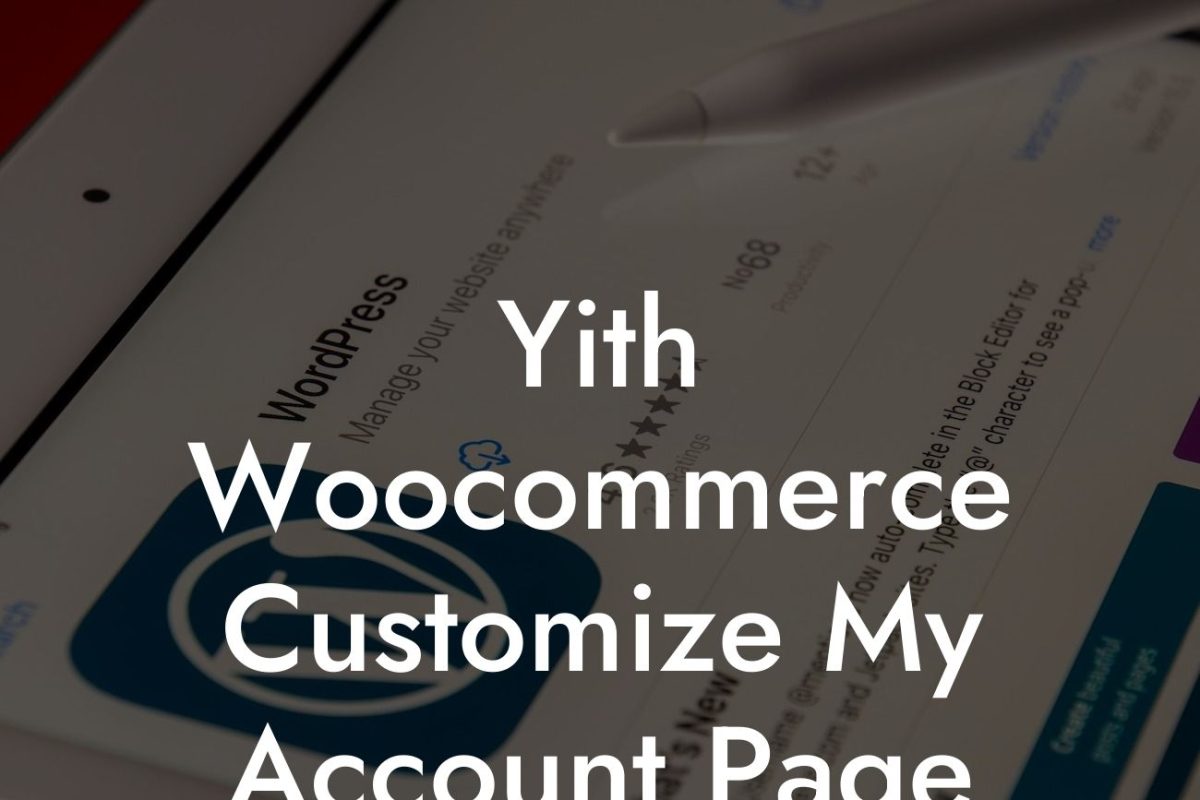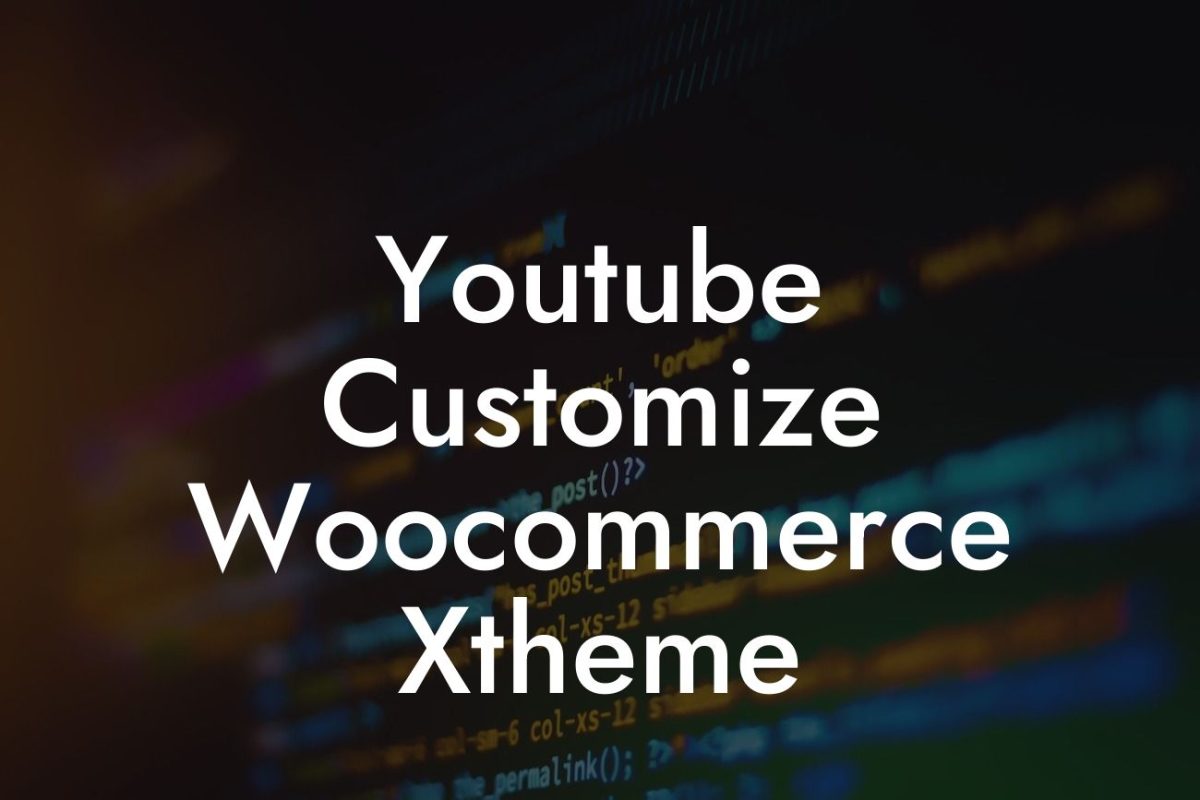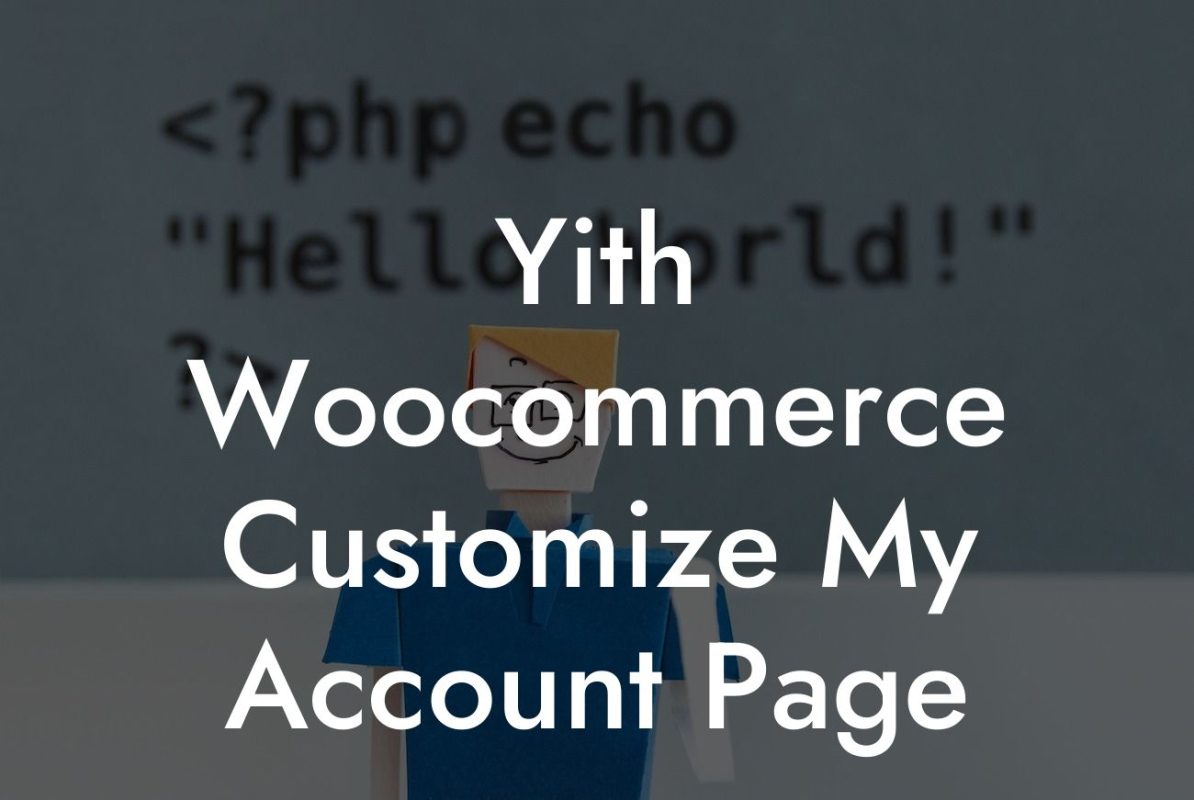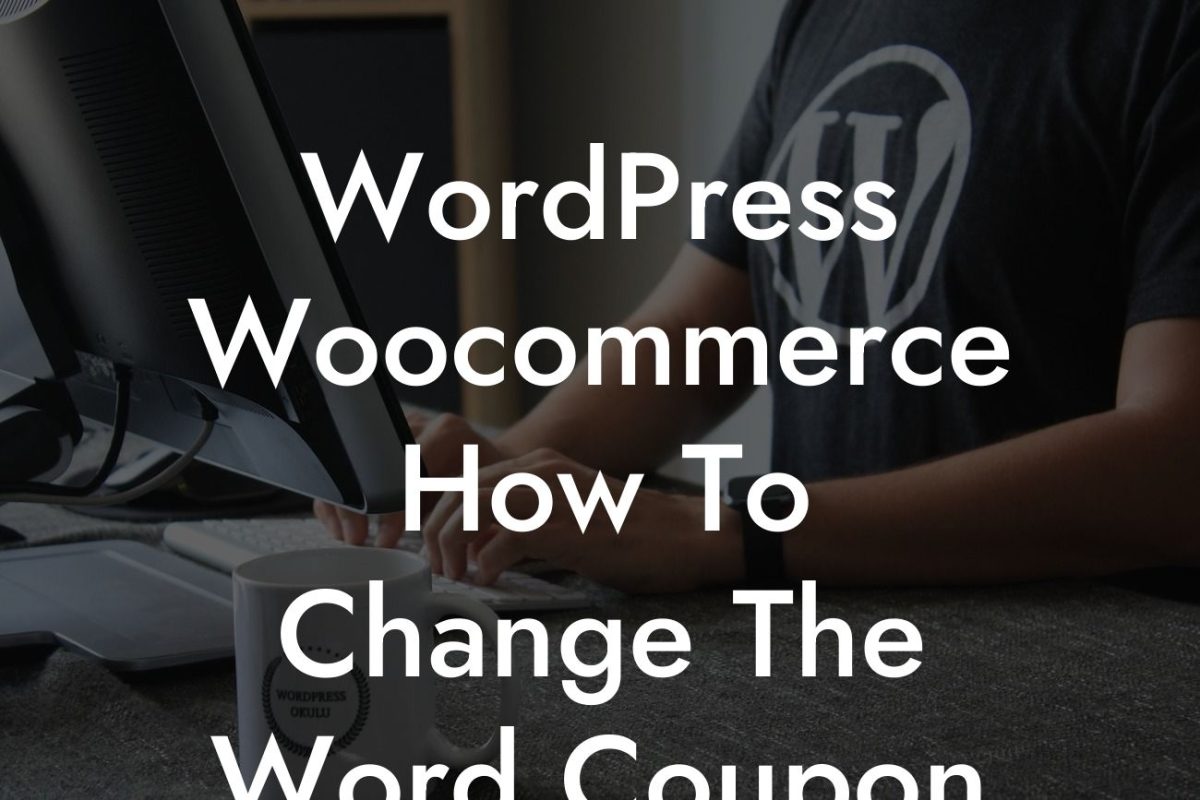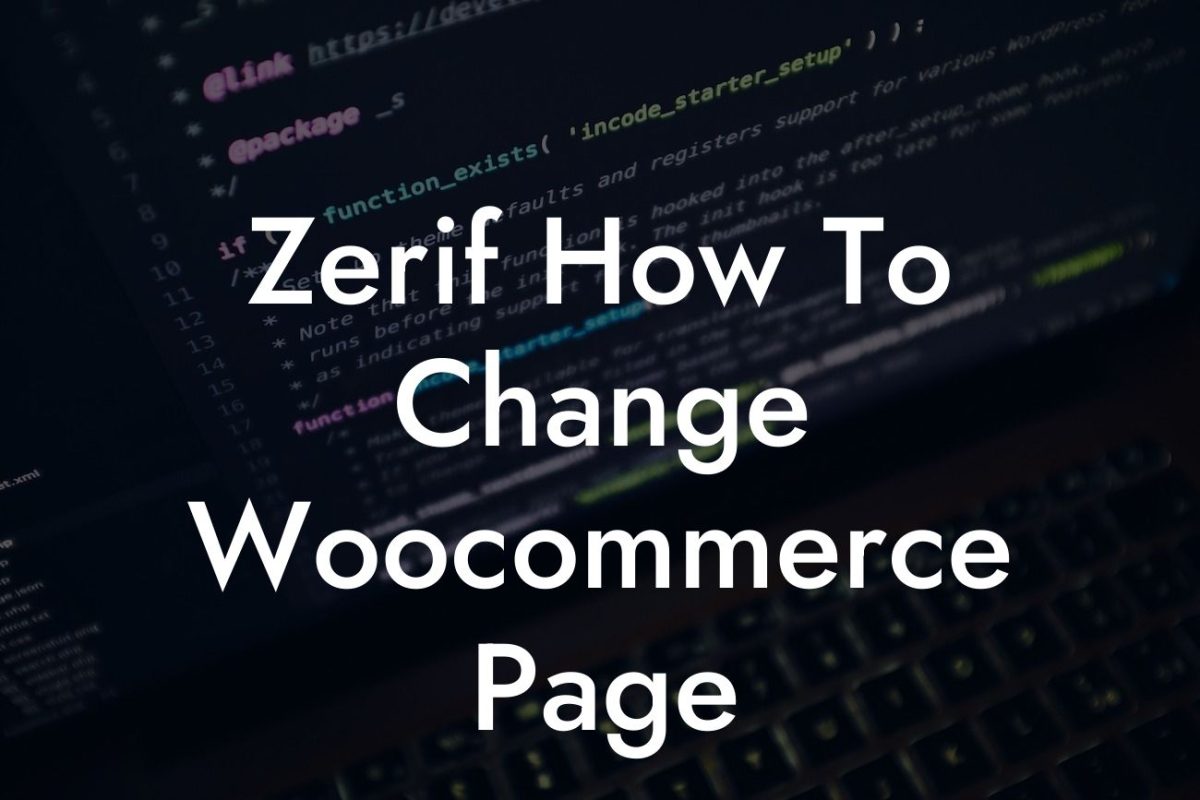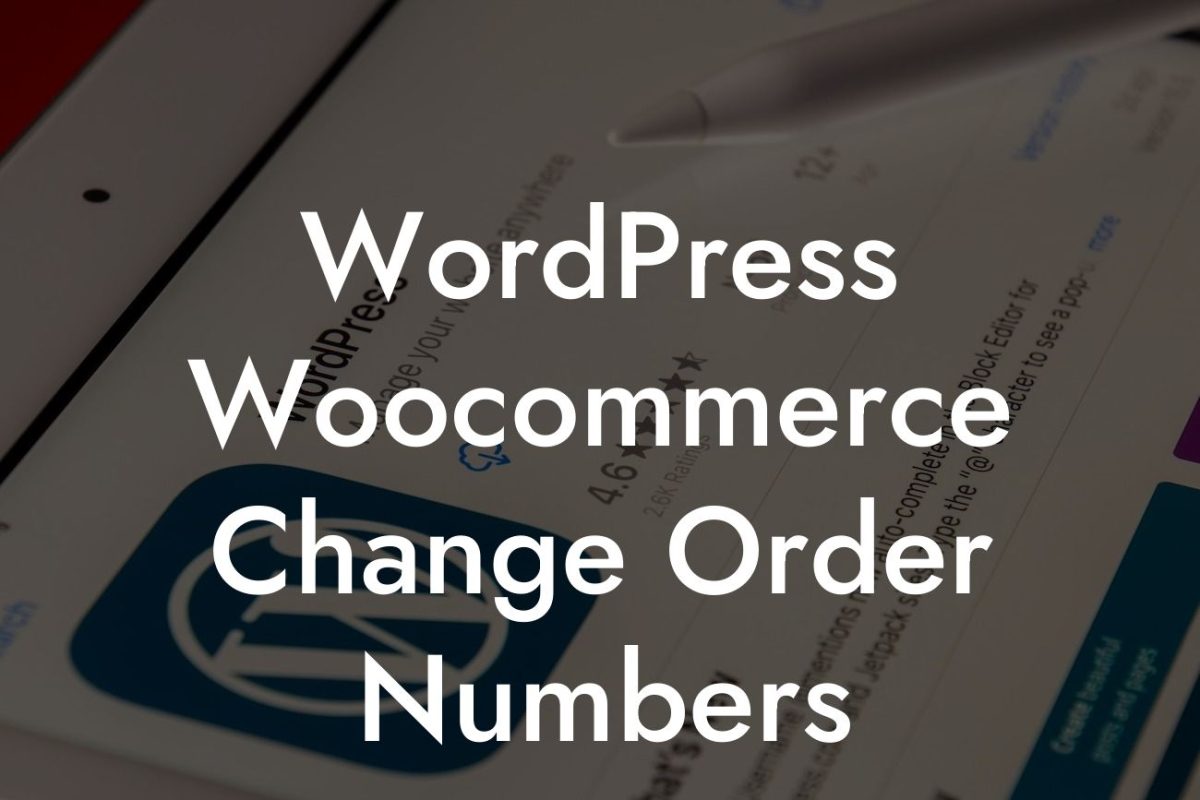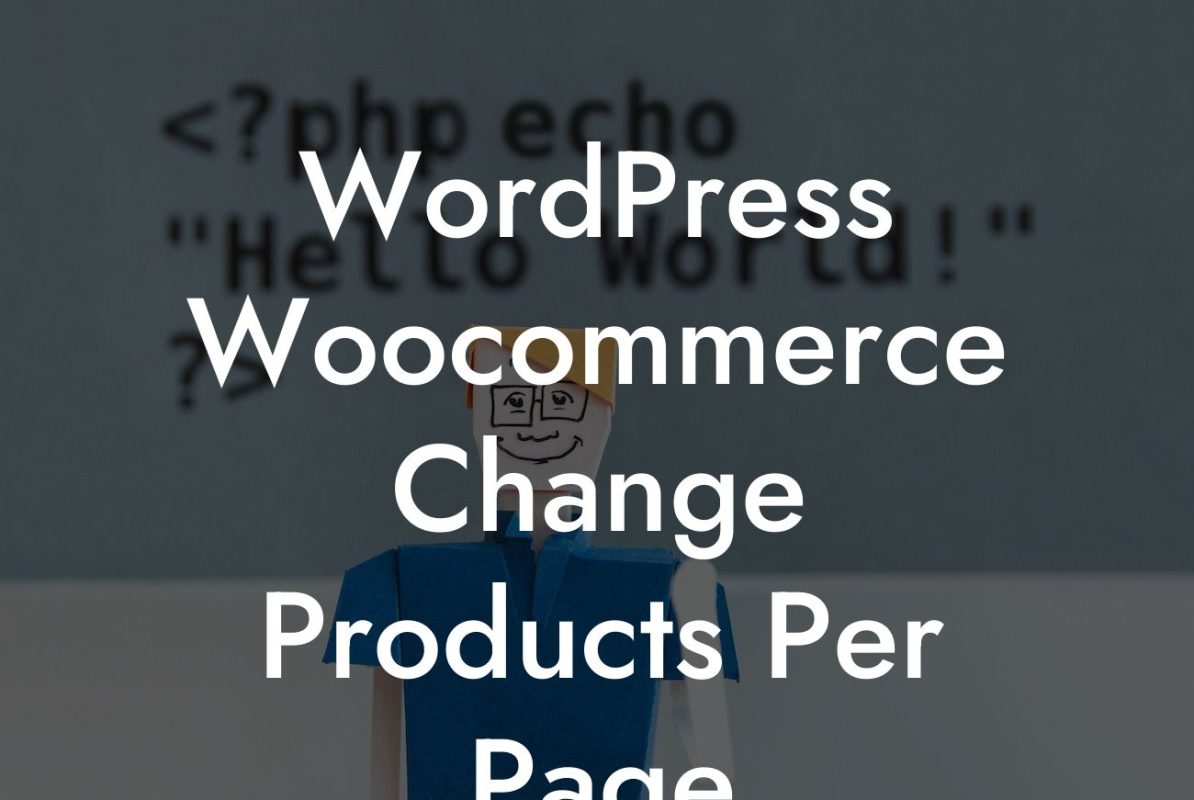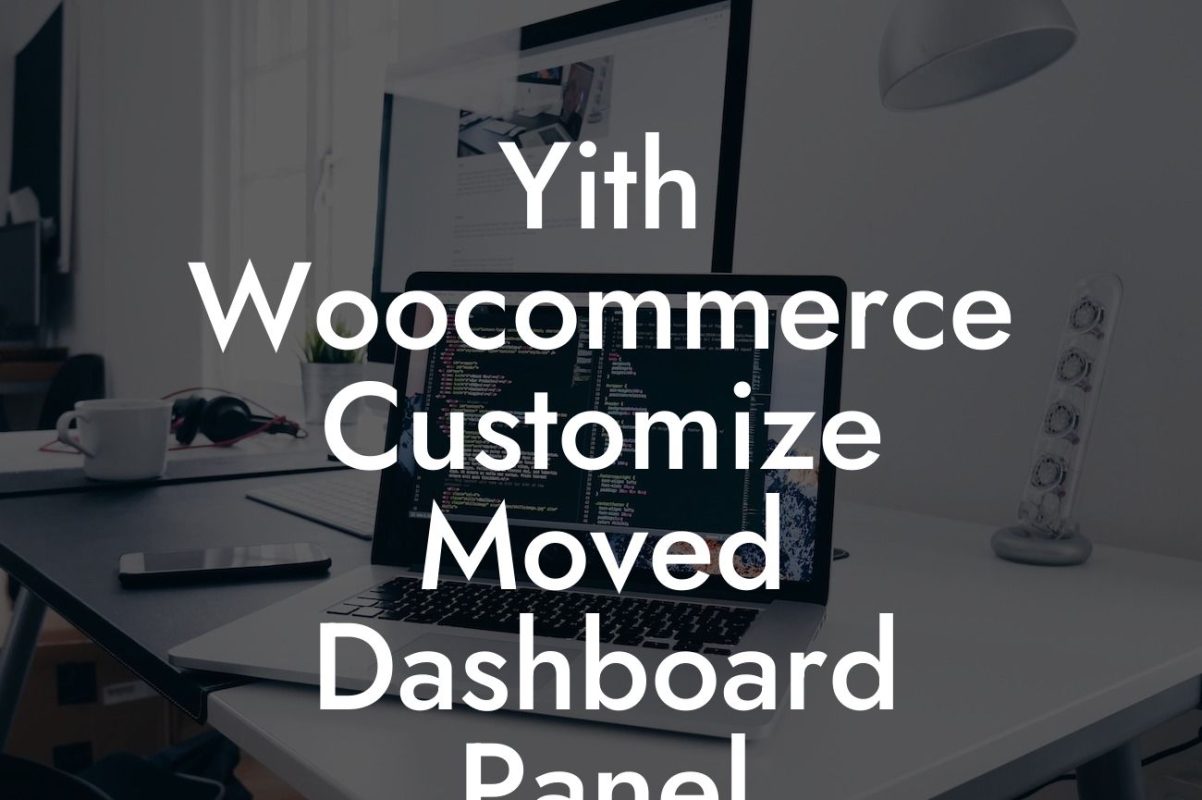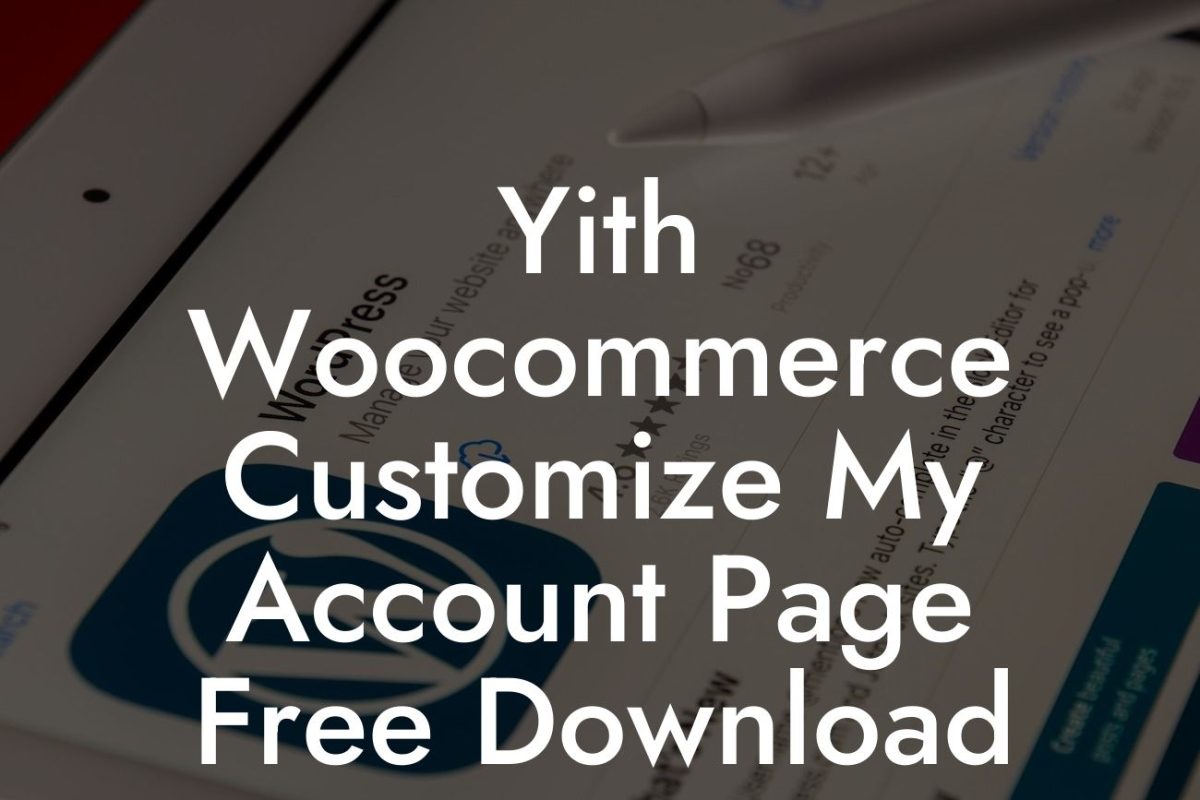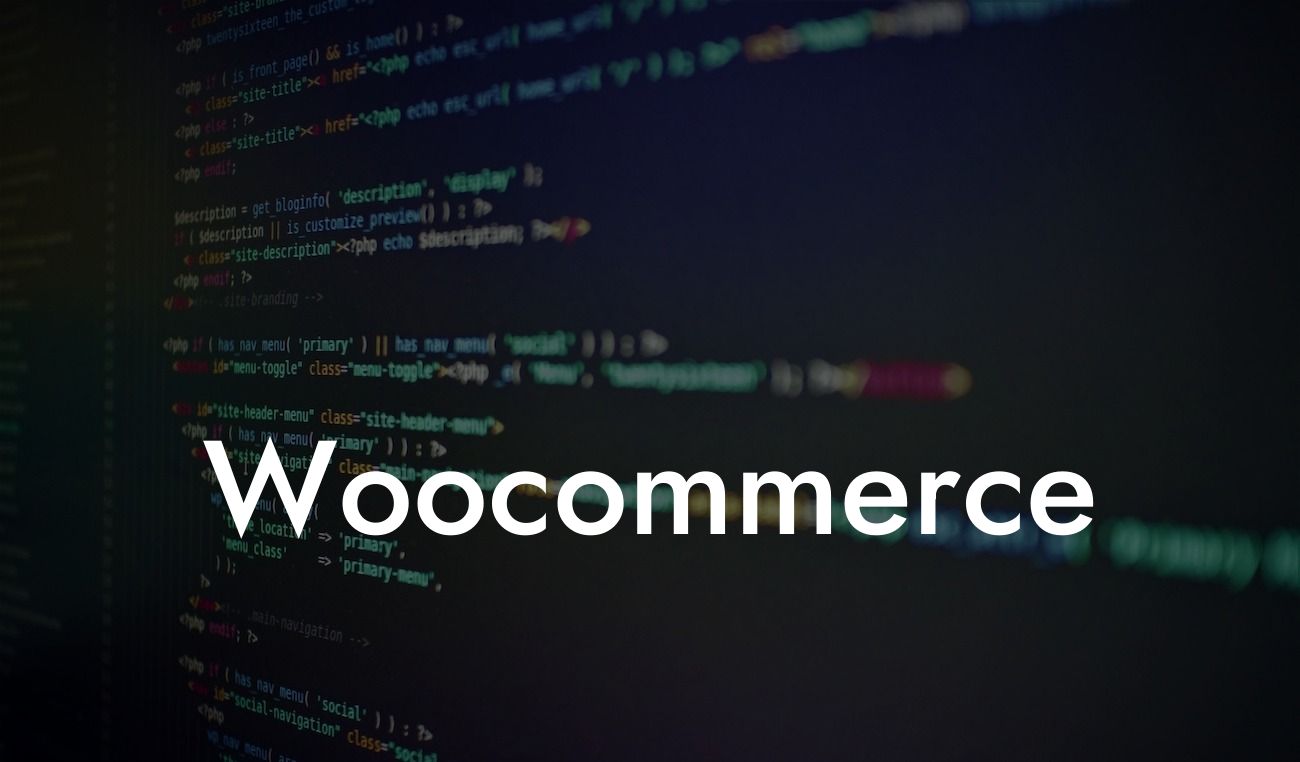Are you looking to customize the packing list in WooCommerce? The packing list is an essential part of any online store's operation, as it ensures that the right products are packaged and shipped accurately. However, the default packing list in WooCommerce might not meet the specific requirements of your business. In this article, we will guide you through the process of customizing the packing list in WooCommerce, enabling you to enhance efficiency and professionalism in your online store.
To begin customizing the packing list in WooCommerce, you will need to access the HTML template file responsible for generating the packing list. Locate the "woocommerce/templates/order/order-details.php" file within your theme's directory. Create a child theme if necessary to avoid losing your changes during future theme updates.
Once you have found the template file, make a copy of it and paste it into your child theme directory. You can then modify the copied template file to suit your specific requirements. The template file utilizes HTML, providing numerous opportunities to customize and enhance the packing list's appearance and functionality.
To modify the appearance of the packing list, consider adding suitable H2 and H3 headings tags to organize the information better. You can use bullet point lists or ordered lists to structure relevant details, such as product names, quantities, and additional notes. Utilize CSS classes and inline styles to apply custom styling and make the packing list visually appealing.
If you want to include additional information on the packing list, such as tracking numbers or special instructions, you can utilize the relevant WooCommerce hooks and filters for customization. WooCommerce provides an extensive list of hooks and filters that allow you to modify different components of the packing list dynamically.
Looking For a Custom QuickBook Integration?
Customize Packing List Woocommerce Modify Example:
Let's say you run a subscription-based business, and you want to include a subscription start date on the packing list. By leveraging WooCommerce hooks, you can add a custom function in your child theme's functions.php file to fetch the subscription start date from the user's order data and display it on the packing list template.
Congratulations! You now have the knowledge to customize the packing list in WooCommerce. By personalizing this crucial document, you can enhance efficiency, impress customers, and maintain a professional image for your online store. Don't forget to share this article with others who might find it helpful. Explore more guides on DamnWoo to discover additional tips and tricks for optimizing your online presence. And if you want to take your online store to the next level, don't hesitate to try one of our awesome WordPress plugins crafted exclusively for small businesses and entrepreneurs.

